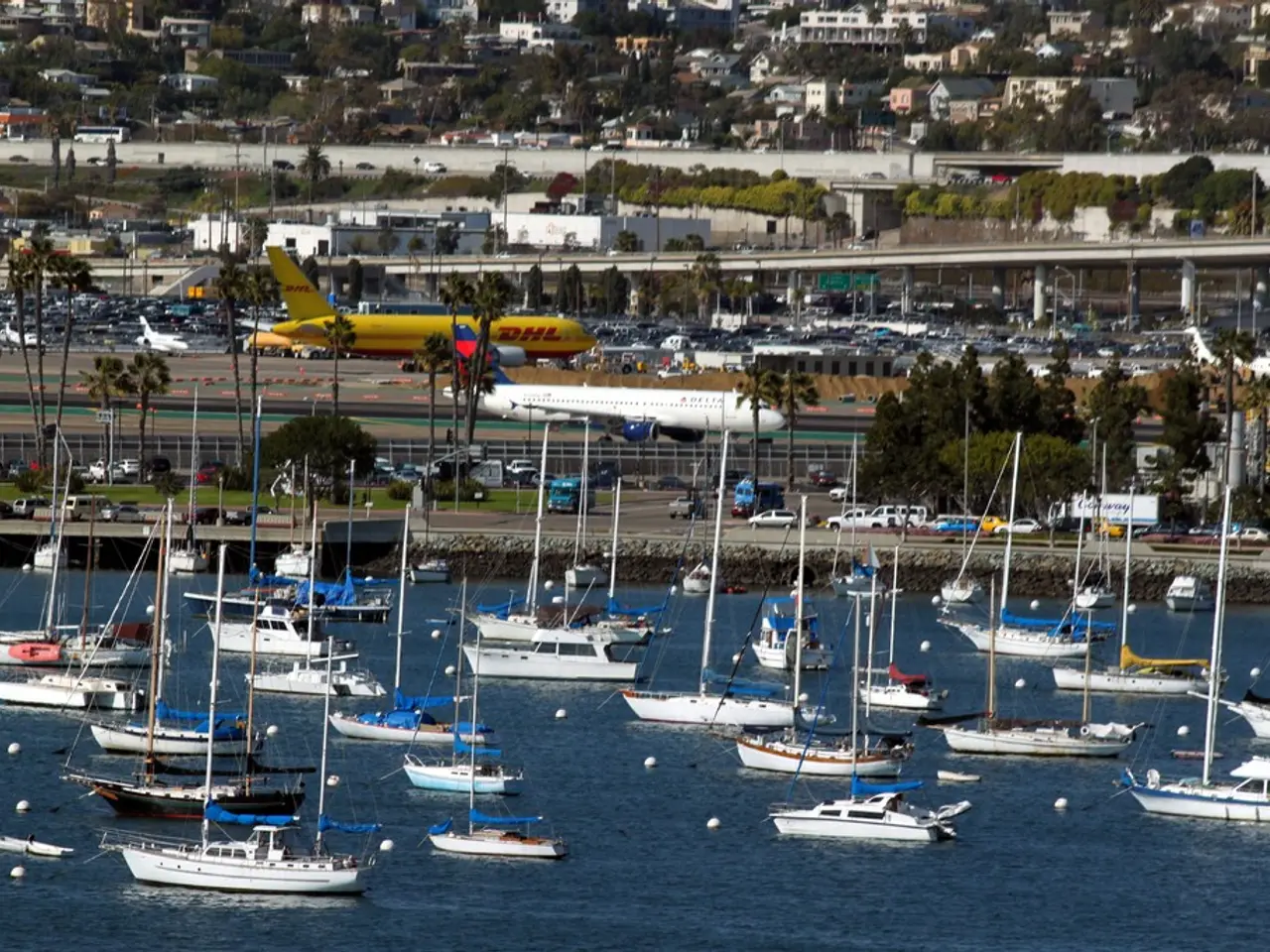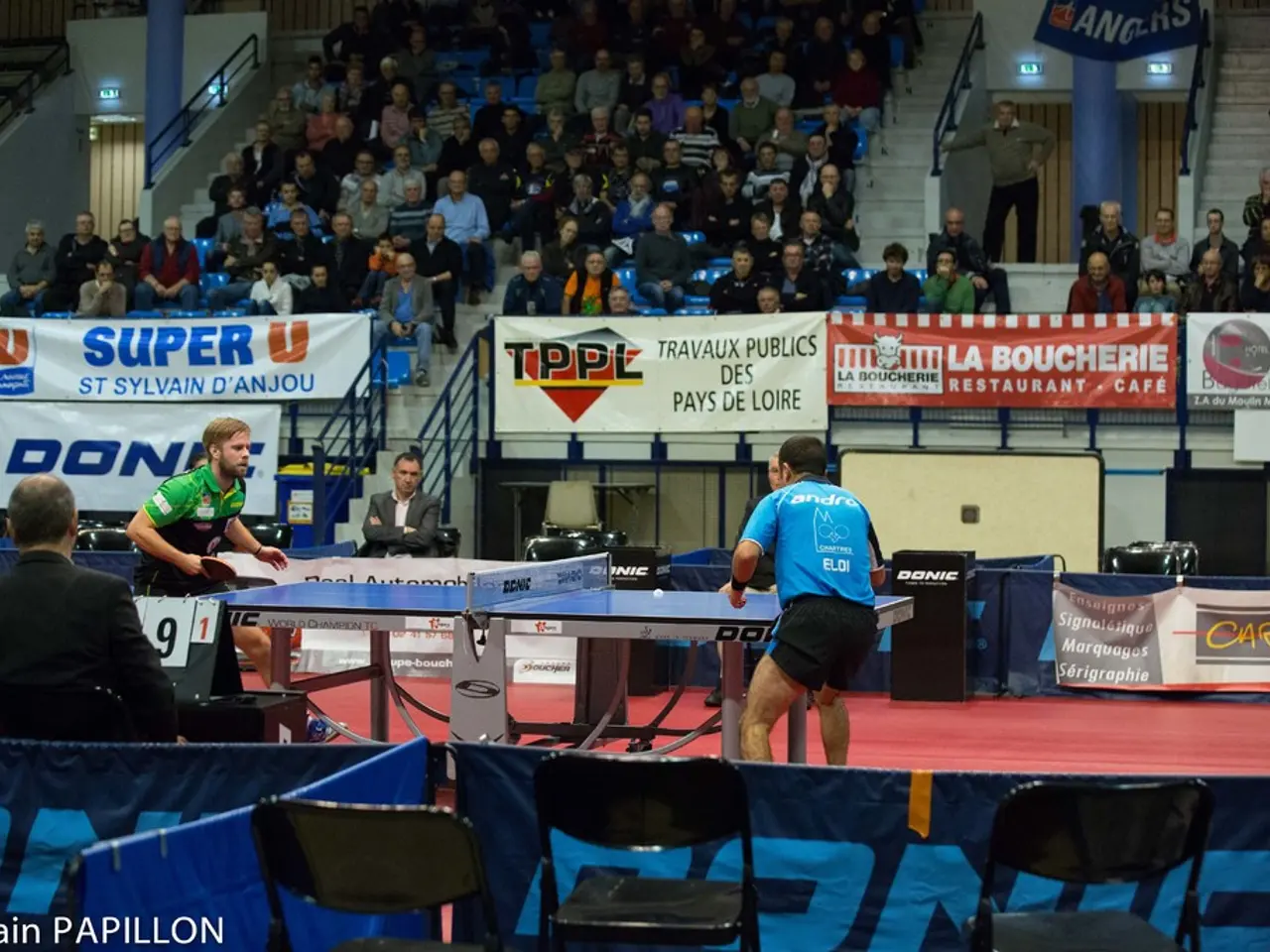Coordinated naval exercises between China and Russia commence in the Sea of Japan
China and Russia Deepen Military Cooperation with Joint Naval Drills
China and Russia have strengthened their military cooperation, as evidenced by the ongoing joint naval exercises in the Sea of Japan. The drills, named "Joint Sea-2025" or "Maritime Interaction 2025," involve advanced vessels from both countries and include live-fire drills, anti-submarine warfare, air defense, missile defense, search-and-rescue operations, and joint naval patrols.
The exercises, which will last for three days, are part of a deepening partnership between China and Russia aimed at countering a U.S.-led global order and projecting power in the Indo-Pacific region. This year's drills underscore an increasingly close strategic partnership that has grown in recent years.
The drills, which began in 2012, have become more frequent and larger in scale, particularly over the last six years. According to the Center for Strategic and International Studies (CSIS), the two countries have carried out 113 combined exercises since 2003, with half occurring more recently. The geographic focus of the drills has become especially concentrated in the Pacific and near Japan, highlighting the strategic importance of this maritime domain to both powers.
The 2025 exercises include participation of advanced Chinese guided-missile destroyers such as Shaoxing and Urumqi and large Russian anti-submarine ships, reflecting growing interoperability and trust. Comments from Chinese military experts emphasize the inclusion of highly classified submarine operations and themes of jointly countering security threats in the Western Pacific, signaling coordinated strategic messaging and possible preparations for future joint combat operations.
Despite the close military ties, China has maintained a neutral stance in the conflict in Ukraine. China regularly calls for an end to the fighting in Ukraine but has not called for Russia to withdraw its troops. China has also not denounced Russia's more than three-year war in Ukraine.
Regional actors like Japan view these shows of force with concern, but both China and Russia officially characterize the drills as routine and defensive, denying targeting any third party. After the drills, China and Russia will conduct naval patrols in the relevant waters of the Pacific.
The deepening military cooperation between China and Russia serves multiple objectives: reinforcing their global partnership, responding to mutual concerns about U.S. influence, and projecting naval power in a critical region where their interests converge.
- The joint naval exercises, such as "Joint Sea-2025" or "Maritime Interaction 2025," in the Sea of Japan, which include defense activities like air and missile defense, are a part of the growing politics and war-and-conflicts landscape, as China and Russia deepen their strategic partnership.
- Despite the ongoing joint naval drills with China, China has maintained a neutral stance in the war-and-conflicts in Ukraine, calling for an end to the fighting but not demanding Russia's troop withdrawal or condemning its actions.








